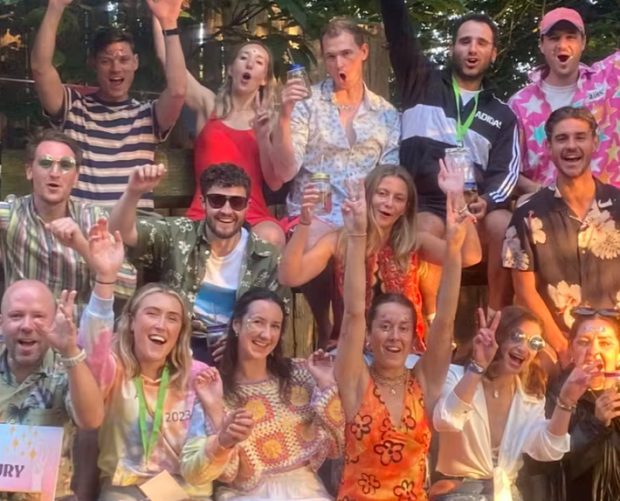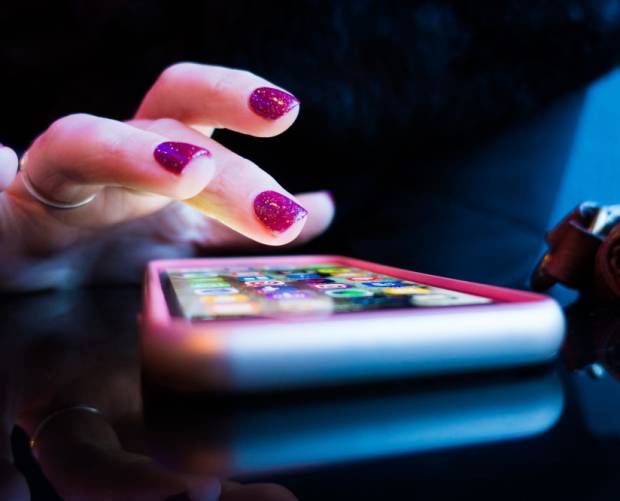 LUXIA CEO Stuart Dawson looks at today’s traveller and the impact that mobile demands have had on connectivity, technology and media within the travel sector.
LUXIA CEO Stuart Dawson looks at today’s traveller and the impact that mobile demands have had on connectivity, technology and media within the travel sector.
As a company that bridges hospitality tech and advertising, we’ve seen some major shifts in recent years. Like other sectors, the mobile shifts have been centred around improving the consumer experience and their increasing expectations from mobile services.
The biggest shift came when travellers forced an industry to provide wi-fi as a free utility, rather than charging for it. A survey by one of our partners, Amba Hotels, found that 67 per cent of the 1,000 users it polled thought free wi-fi was the most important factor when choosing a hotel.
Free wi-fi has been a huge disrupter and an even greater enabler within travel technology. We have seen numerous casualties, such as in-room telephony and TV services, but also lots of successful innovators catering for the demands of a dynamic new world of the connected traveller.
Guest-facing technologies
This shift in connectivity has driven a sea change in the hotel technology industry. One of the most effective solutions we’ve collaborated with is the iRiS Guest Valet range of products across a number of global hotel brands. This in-room solution enables guests to fully interact with the hotels’ business systems. From ordering room service to drawing curtains and changing TV channels, everything can be controlled via an iPad in-room or web interface on the guests’ device. Perhaps unsurprisingly, hotels are now seeing a significant uplift in Food & Beverage orders since deploying the solution, with the ability to dig deep into sales data and tweak price points or promotions in real time.
This immersive solution also enables brands to run highly targeted ad campaigns to a captive travelling audience. With more targeting in a premium environment comes better engagement and higher clickthrough rates when compared to traditional display media. There are also new levels of first-party data that enable unchartered optimization to take place for both the hotelier and partnering brands.
In addition to the service providers developing unique technologies for industry, a number of hotels push the boundaries themselves to stay ahead of the competition. Starwood, for example, have a strong track record of pioneering new technologies, and delivered again with early releases of both smartphone and smartwatch technologies that enabled guests to check in and open doors with their own devices. These new technologies are opening up the industry to a whole new level of connectivity, data and analytics for ongoing optimization and service improvements.
What this means for brands and media
LUXIA works with some of the world’s leading hotel groups, such as Accor, Moevenpick and Starwood, to enable brands to engage with their connected guests. One of our hotel partners The Montcalm Luxury Hotels, was one of the first hotel groups to activate both Guest Valet software and wi-fi solutions to offer integrated in-room options for luxury brands such as McLaren Cars to deliver totally unique content to high net worth guests.
Brand safety and ad-blocking are also high on the media and programmatic agenda at present. LUXIA ensures peace of mind for advertisers with guaranteed locations, digital environments and premium audiences. The targeted nature and habits of hotel audiences, combined with known proximities and new technologies, results in stronger performance for brands looking to engage with a historically difficult-to-reach, out-of-home consumer.
As the network grows, so do the types of campaigns being run. As well as close proximity activity with retail brands such as Burberry, Vertu Cartier and Hublot in the luxury sectors, we are also seeing city-wide activity from automotive brands and country-wide takeovers with global tech brands.
These are exciting times for today’s traveller, and arguably even more so for the brands trying to reach them on multiple touch-points.
Stuart Dawson is CEO of LUXIA. This article first appeared in the February 2016 print edition of Mobile Marketing. You can read the whole issue here.
.png)





